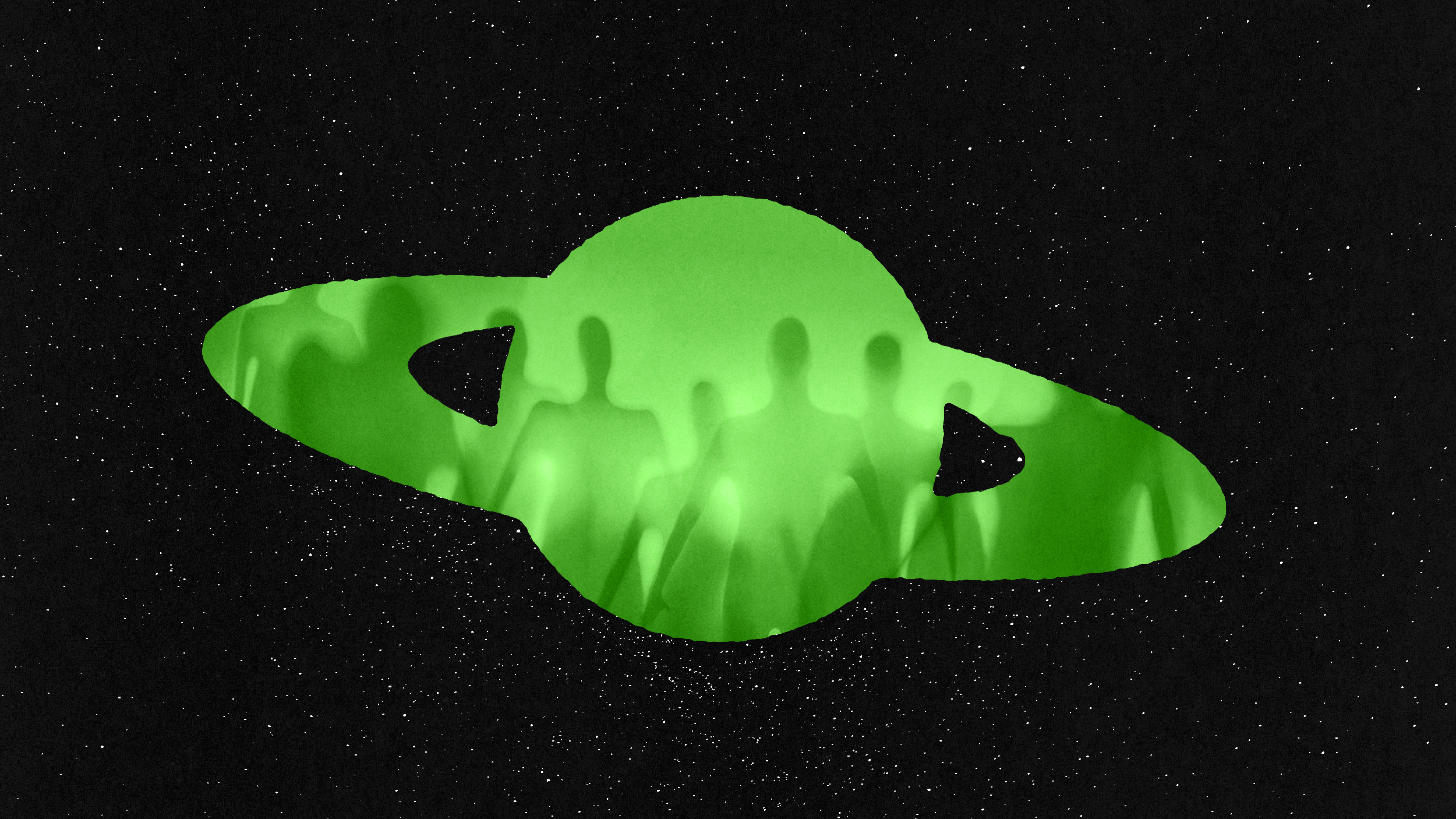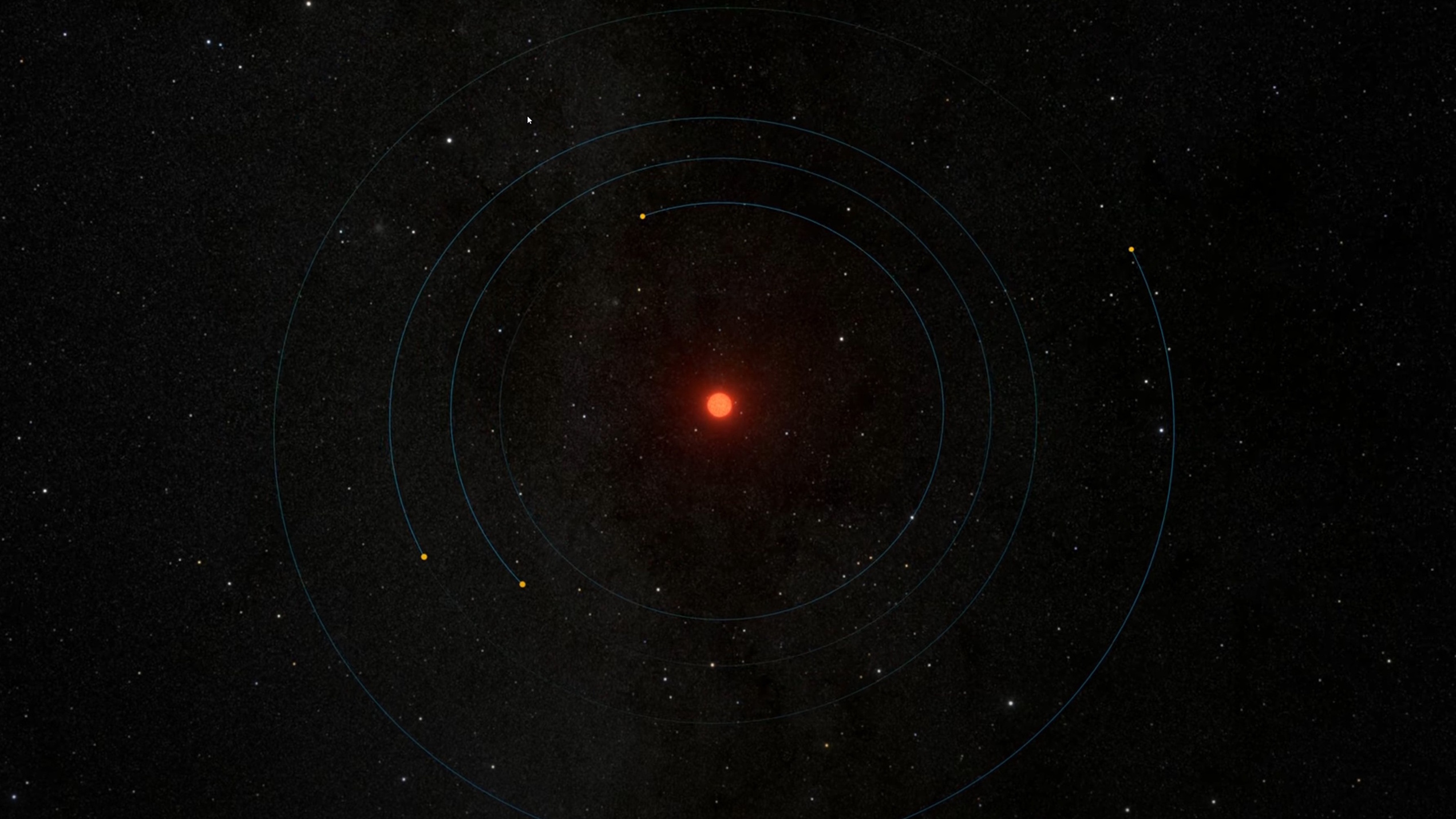Nearby Water World Gives Life New Hope

What’s the Latest Development?
The discovery that the planet GJ 1214b contains a great deal of water and orbits a star smaller than our sun has increased the likelihood of finding life beyond Earth, say astronomers. The watery world, referred to as a Super Earth because of its size, orbits a cooler star called an M-dwarf. And although its proximity to the start makes its surface temperature a balmy 450°F, which prohibits life as we know it on Earth, other planets orbitting other smaller starts at larger distances could host new biology.
What’s the Big Idea?
When NASA’s hunt for exoplanets began with missions like Kepler, observers concentrated on stars like our sun, thinking that Earth would be a model for life elsewhere. But now that GJ 1214b has been found, astronomers will continue to look for smaller star-planet systems. They could make some very surprising discoveries. GJ 1214b, for example, has a much greater surface gravity than Earth which would cause water to condense into ice hotter than the boiling point on our planet. Scientists hope to find planets with more hospitable orbits.
Photo credit: shutterstock.com





